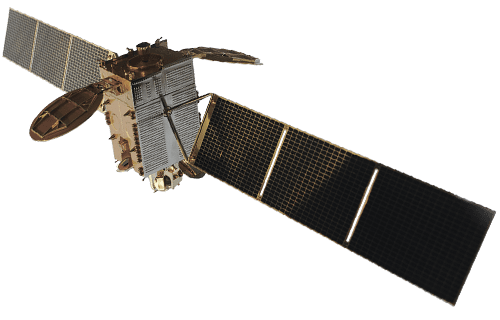- Home
- BELINTERSAT-1 satellite
- Launch of the satellite
Launch of the satellite
Launch of BELINTERSAT-1 satellite into geostationary orbit
Low Earth Orbit (LEO) is a space orbit around the Earth that has an altitude above the planet's surface ranging from 160 km (a period of about 88 minutes) to 2,000 km (a period of about 127 minutes). Objects at lower altitudes than 160 km are significantly affected by the atmosphere and are themselves unstable. All human spaceflight has been either in LEO or suborbital. At the moment, all space stations and most of the artificial Earth satellites were or are in LEO.
The Middle Earth Orbit (MEO), sometimes called the intermediate circular orbit, is an area of space above the low Earth orbit (altitude 2,000 kilometres) and below the geostationary orbit (altitude 35,786 kilometres).
The most common satellites in this orbit are navigation, communications and geodetic satellites. Typically, the altitude is around 20,200 kilometres, providing an orbital period of 12 hours (used in particular by the Global Positioning System). GLONASS (altitude 19,100 kilometres) and Galileo (altitude 23,222 kilometres) satellites also use medium Earth orbit. Communications satellites covering the North and South Poles are also in LEO.
A geosynchronous orbit (GSO) is an orbit of a satellite orbiting the Earth in which the orbital period is equal to the stellar period of the Earth's rotation - 23 hr. 56 min. 4.1 sec. A special case is a geostationary orbit - a circular orbit lying in the plane of the Earth's equator, following which a satellite (for the Earth's "observer") is in fact fixed. A geostationary orbit has a radius of 42,164 km with the centre coinciding with the centre of the Earth, which equals an altitude of 35,786 km above sea level.
Our promotions and special offers








